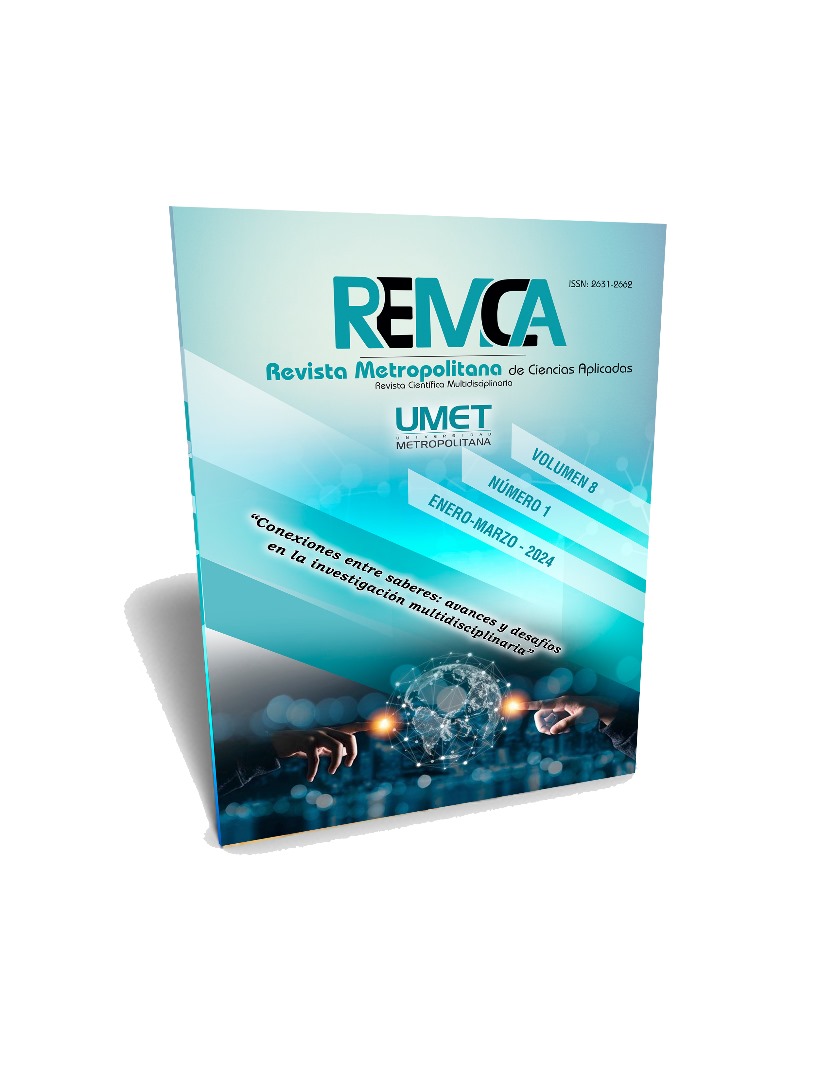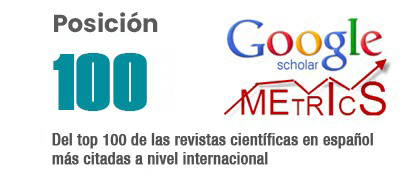Digital violence against women and artificial intelligence. Cuban and Ecuadorian legal environments
DOI:
https://doi.org/10.62452/6gg85d59Keywords:
Digital violence, artificial intelligence, deepfakesAbstract
The research is framed in the analysis of digital violence, specifically when it is mediated by artificial intelligence, this affects more women than men, so, undoubtedly, it has to be examined from a gender perspective. In the digital space there is a reproduction of discriminatory and violent behaviors against women that are normalized and even encouraged in physical reality. The use of artificial intelligence generates emerging technological resources that have also been used in behaviors that involve gender violence in new forms of cyberbullying. The purpose of this research is to determine the influence of artificial intelligence in a specific manifestation of gender violence, which is digital violence resulting from the growing technological advances that influence social environments and in a multicausal phenomenon such as gender violence, with a brief approach to the Cuban and Ecuadorian legal system. It is a referative research with a qualitative approach, because it is a recently appeared topic, a systematization on the subject is carried out, the descriptive legal method is applied, the analytical exegetic method and the analysis of documents, from the examination of the norms that confer treatment to digital violence in Cuba and Ecuador, in the criminal field approved recently.
Downloads
References
Council of Europe. (2022). La dimensión digital de la violencia contra las mujeres abordada por los siete mecanismos de la Plataforma EDVAW. https://www.ohchr.org/sites/default/files/documents/hrbodies/cedaw/statements/2022-12-02/EDVAW-Platform-thematic-paper-on-the-digital-dimension-of-VAW_Spanish.pdf
Cuba. Asamblea Nacional del Poder Popular, A. (2019). Constitución de la República de Cuba. https://www.constituteproject.org/constitution/Cuba_2019?lang=es
Cuba. Asamblea Nacional del Poder Popular. (2022). Ley 151/2022 “Código Penal.” Gaceta Oficial No. 93.https://www.gacetaoficial.gob.cu/sites/default/files/goc-2022-o93_0_0.pdf
Del Prete, A., & Pantoja, S. R. (2022). The Invisibility of Gender-Based Violence in the Social Network. Generos, 11(2), 124–143. https://doi.org/10.17583/GENEROS.8234
Ecuador. Asamblea Nacional. (2015). Codigo Orgánico Integral Penal. https://www.oas.org/juridico/PDFs/mesicic5_ecu_ane_con_judi_c%C3%B3d_org_int_pen.pdf
Ecuador. Asamblea Nacional. (2018). Ley Orgánica Integral para prevenir y erradicar la Violencia contra las mujeres. Registro Oficial Suplemento 175. https://www.igualdad.gob.ec/wp-content/uploads/downloads/2018/05/ley_prevenir_y_erradicar_violencia_mujeres.pdf
Ecuador. Ministerio de Educación. (2023). Educar es Prevenir. Protocolo de actuación frente a situaciones de violencia digital detectadas en situaciones de violencia digital. https://educacion.gob.ec/wp-content/uploads/downloads/2023/09/protocolo_frente_a_violencia_digital.pdf
Gaspar, R. (2024). Pornografía deepfake no consentida o material de abuso sexual: ¿cómo afecta a las mujeres? https://hiperderecho.org/2024/05/pornografia-deepfake-no-consentida-o-material-de-abuso-sexual-como-afecta-a-las-mujeres/
Gil, M. Á. (2016). Los delitos de violencia de género en redes sociales y mediante instrumentos tecnológicos de comunicación. https://dictumabogados.com/e-dictum-publicaciones-derecho-mercantil/los-delitos-de-violencia-de-genero-en-redes-sociales-y-mediante-instrumentos-tecnologicos-de-comunicacion/14057/
Gómez Flores, L. (2023). Uso de IA ha incrementado violencia digital y ciberdelitos. La Jornada. https://www.jornada.com.mx/noticia/2023/11/13/capital/uso-de-ia-ha-incrementado-violencia-digital-y-ciberdelitos-7556
González Pulido, I. (2023). El uso de la inteligencia artificial generativa en la investigación de la ciberdelincuencia de género: ante el auge de los deepfakes. IUS ET SCIENTIA, 9(2), 157–180. https://doi.org/10.12795/IESTSCIENTIA.2023.i02.08
Harán, J. M. (2021). Violencia digital: Las formas más comunes de acoso en Internet. https://www.welivesecurity.com/la-es/2021/06/17/violencia-digital-tipos-ciberacoso-mas-comunes/
INSSIDE. (2023). Deepfakes: Qué son, cuál es su impacto y cómo detectarlos. https://www.insside.net/deepfakes-que-son-cual-es-su-impacto-y-como-detectarlos/
Organización de las Naciones Unidas. (2018). Informe de la Relatora Especial sobre la violencia contra la mujer, sus causas y consecuencias acerca de la violencia en línea contra las mujeres y las niñas desde la perspectiva de los derechos humanos. https://www.ohchr.org/es/documents/thematic-reports/ahrc3847-report-special-rapporteur-violence-against-women-its-causes-and
Organización de las Naciones Unidas. (2016). Promoción, protección y disfrute de los derechos humanos en internet. https://ap.ohchr.org/documents/S/HRC/d_res_dec/A_HRC_32_L20.pdf
Ortiz de Zárate Alcarazo, L., & Guevara Gómez, A. (2021). Inteligencia artificial e igualdad de género. Un análisis comparado entre la UE, Suecia y España. Fundación Alternativa.
Roa Avella, M. del P., Sanabria Moyano, J. E., & Peña Piñeros, A. C. (2023). Los estándares internacionales de protección de la violencia basada en género de las mujeres aplicados a la inteligencia artificial predictiva. Justicia, 28(43), 43–56. https://doi.org/10.17081/just.28.43.6161
Salgado-Espinosa, L. A., & Salgado-Espinosa, M. L. (2022). Violencia digital contra las mujeres en México. FEMERIS: Revista Multidisciplinar de Estudios de Género, 7(3), 29–42. https://doi.org/10.20318/femeris.2022.7150
Downloads
Published
Issue
Section
License
Copyright (c) 2025 Marilys Fuentes-Aguila, Yisel Muñoz-Alfonso (Autor/a)

This work is licensed under a Creative Commons Attribution-NonCommercial-ShareAlike 4.0 International License.
Authors who publish in Revista Metropolitana de Ciencias Aplicadas (REMCA), agree to the following terms:
1. Copyright
Authors retain unrestricted copyright to their work. Authors grant the journal the right of first publication. To this end, they assign the journal non-exclusive exploitation rights (reproduction, distribution, public communication, and transformation). Authors may enter into additional agreements for the non-exclusive distribution of the version of the work published in the journal, provided that acknowledgment of its initial publication in this journal is given.
© The authors.
2. License
The articles are published in the journal under the Creative Commons Attribution-NonCommercial-ShareAlike 4.0 International License (CC BY-NC-SA 4.0). The terms can be found at: https://creativecommons.org/licenses/by-nc-sa/4.0/deed.en
This license allows:
- Sharing: Copying and redistributing the material in any medium or format.
- Adapting: Remixing, transforming, and building upon the material.
Under the following terms:
- Attribution: You must give appropriate credit, provide a link to the license, and indicate if any changes were made. You may do this in any reasonable manner, but not in any way that suggests the licensor endorses or sponsors your use.
- NonCommercial: You may not use the material for commercial purposes.
- ShareAlike: If you remix, transform, or build upon the material, you must distribute your creation under the same license as the original work.
There are no additional restrictions. You may not apply legal terms or technological measures that legally restrict others from doing anything the license permits.




